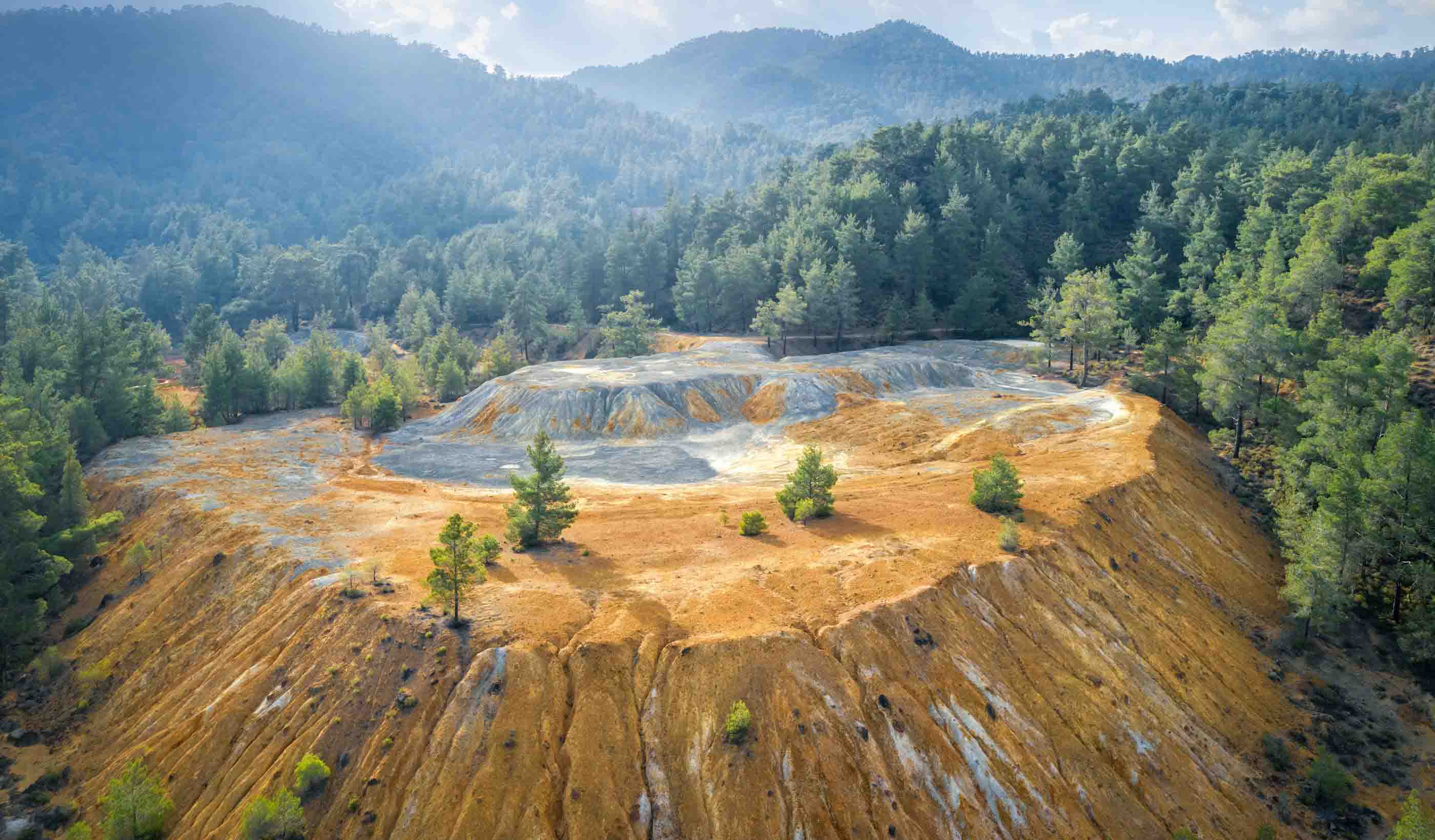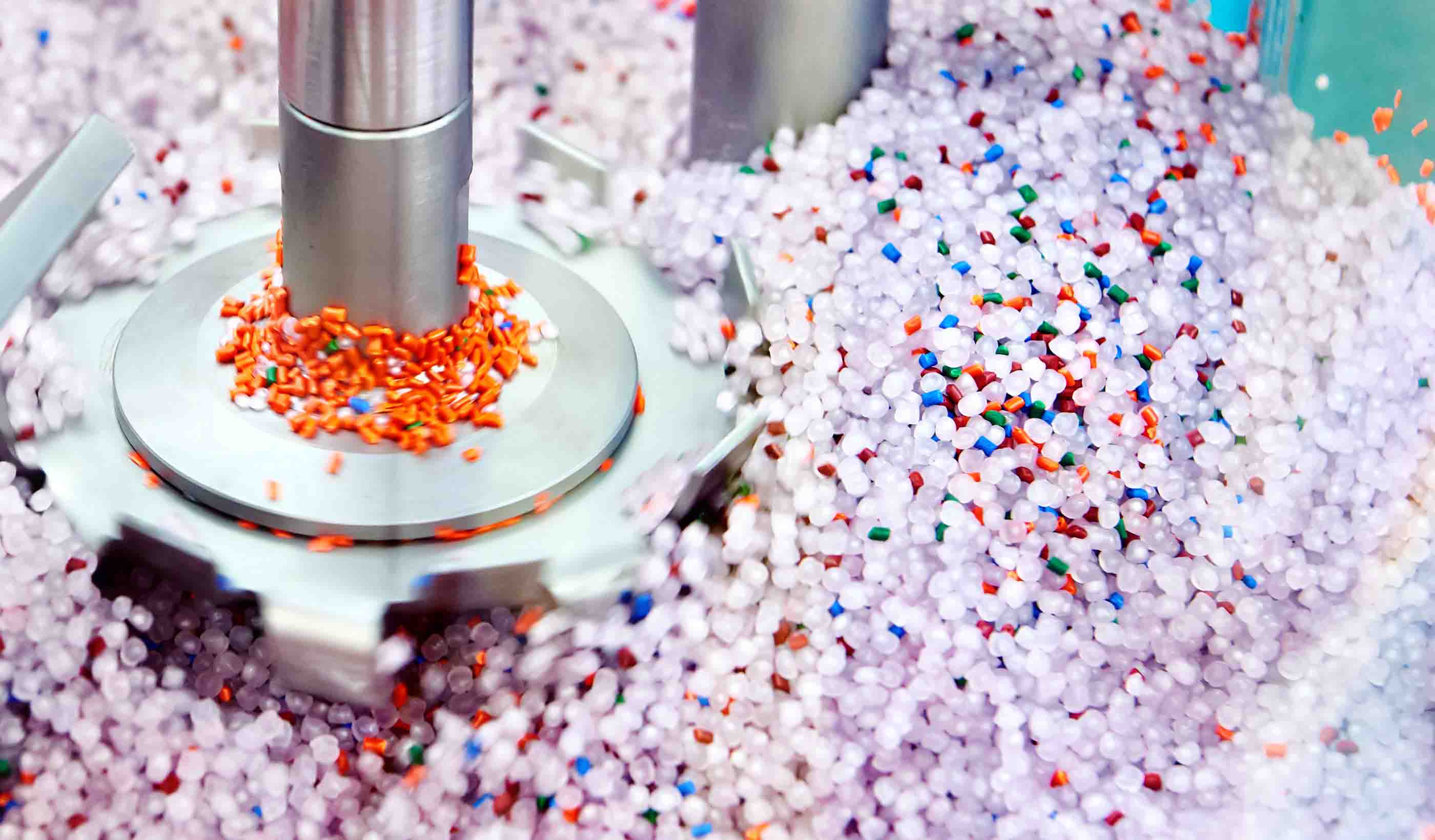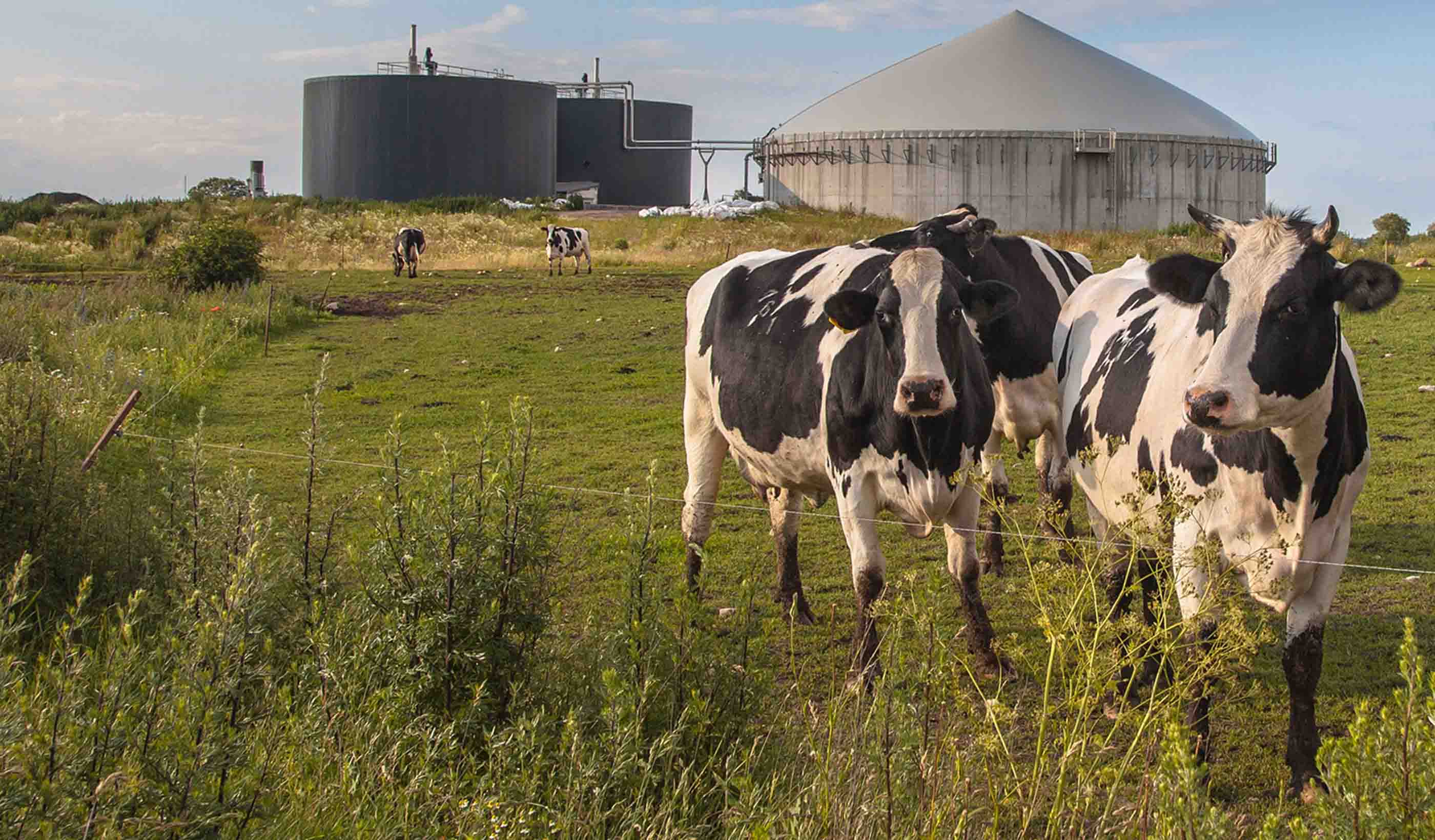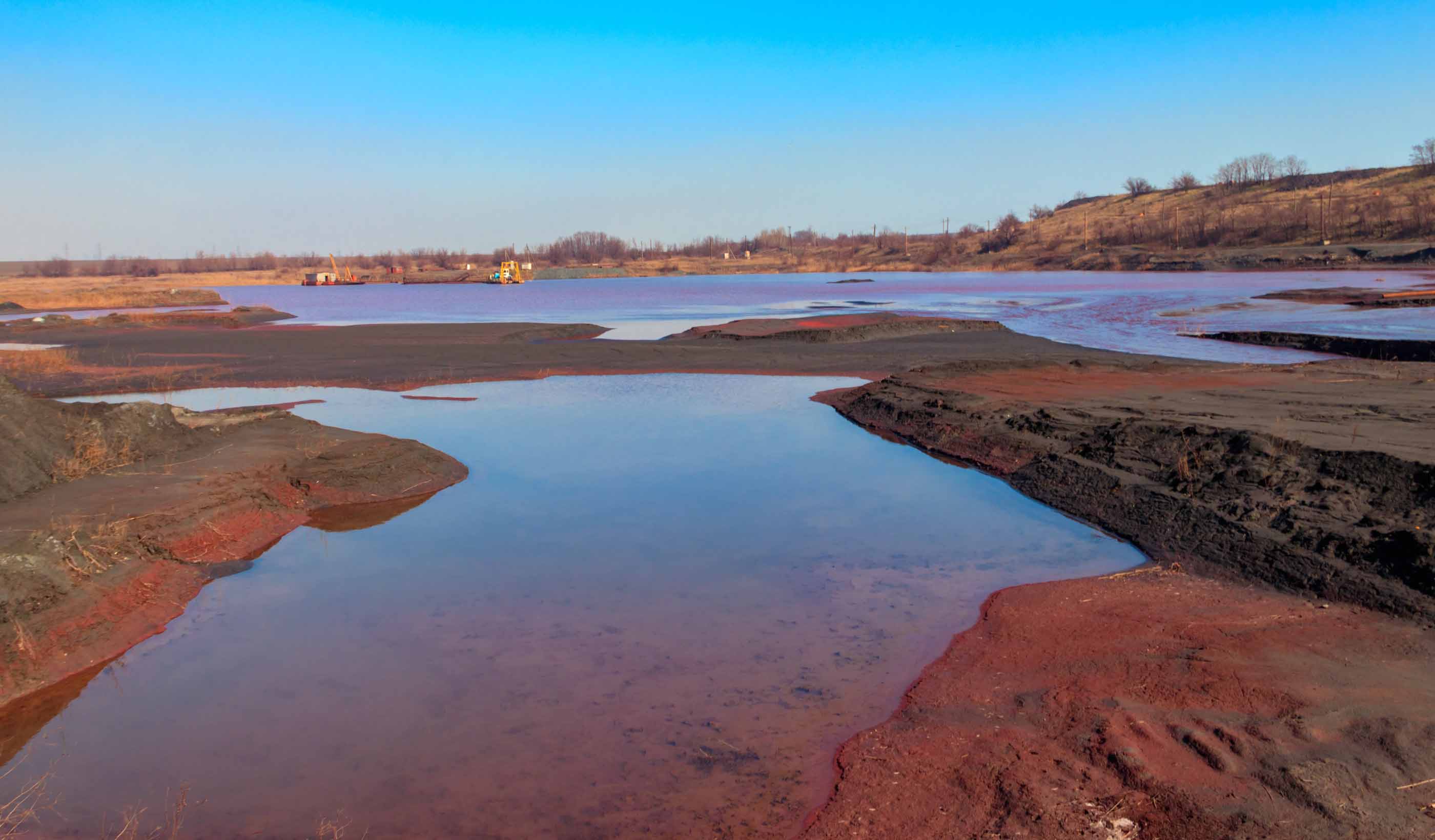A new life for waste: Advancing a circular economy
June 17, 2024
June 17, 2024
Recycling our waste can help us to get the most value out of our resources. Here’s how.
Waste is a huge part of our modern society. And even though there are industries dedicated to waste management, humans are creating more waste than ever before. We must address this issue by not only rethinking what we do with our waste, but reconsidering what waste even is.
In this article, we’re excited to share some developments in reducing waste within the energy and resources industry. We’re going to explore how we can reduce waste by giving it a second life. We all have the same goal: To reduce our waste and get the most value out of our limited resources.
Whether we’re turning unrecyclable plastic into energy, re-mining waste rock, turning organic waste into biogas, or extracting valuable minerals from wastewater, we’re working towards a less wasteful economy. Let’s dive in.
The metals and minerals we need occur in nature at very low concentrations, and miners typically move hundreds of tons of rock for a ton of product. Some of this is called “overburden”, or waste rock, and the rest is metal-bearing ore that is processed to extract the desired product.
The waste products are overburden rock and tailings. When the waste rock is used in other industries, the need to create new mines for aggregate materials like clay, sand, and limestone can be reduced.

Tailings can be re-mined to extract minerals or metals that were not extracted when they were originally processed.
Mineral processing was not always as efficient as it is today. As such, residual metals are often present in mine tailings. Under some circumstances, tailings can be reprocessed using improved technology to recover the residual metal. As we reconsider society’s needs and appreciate the value of critical minerals, it will likely be more common for miners to change how ores are processed and reprocess old tailings. As with many innovations, the main hurdle comes back to finances. It doesn’t make sense to reprocess or re-mine tailings if it won’t be profitable.
In 2022, Stantec entered a collaboration with Auxilium Technology Group—an innovative company specializing in holistically addressing the challenge. Auxilium’s modular tailings valorization approach enables the process to be tailored to a mine’s specific tailings composition. As a result, we can now provide a broader range of tailings reprocessing solutions.

Advances in plastics recycling means we can recycle more plastic than in the past, and we can use unrecyclable plastic to generate energy.
One exciting development we are seeing in the energy and resources industry is the evolution of how we recycle plastics. Traditionally, the recycling process was to clean and melt plastic back down to small pellets and flakes. Then, the recycling facility would ship these pellets and flakes back to the manufacturers where they would turn the plastic back into bottles. These bits of plastic would be mixed with new plastics and sold as recycled materials. Typically, recycled plastic bottles only contain a small percentage of recycled plastic.
The Viridor Polymers 2 Plant in Avonmouth, United Kingdom (UK) is doing this right now. The world-class facility near Bristol is the UK’s largest multi-polymer plastic recycling plant and will process over 80,000 tonnes of plastic each year. From that, the facility will produce over 60,000 tonnes of recycled plastic. That’s pretty efficient, especially considering that any plastic deemed unrecyclable will be used for energy production at the plant.
However, the experts have been progressively refining and improving upon this process. No longer are we stopping at pellets or flakes. Now, we are converting plastics back to the chemicals that they came from using a process called pyrolysis. This way, we can create new plastic goods that are made from almost 100% recycled materials.
How does unrecyclable plastic become energy? Due to plastic’s organic chemical composition, it can be used to produce steam and power. The Viridor plant transfers its unrecyclable plastic to the Avonmouth Resource Recovery Center (RRC) for energy production, which in turn is used to power the Polymers recycling plant. Each hour, the RRC generates approximately 32 megawatts of energy that is used to power the recycling facility. Talk about full circle!
By looking for opportunities to reuse and recycle materials, we can begin mitigating climate change.
Biogas is a very poetic waste solution, once again taking something of no value (literally trash!) and turning it into valuable energy. Biogas is a combination of gases rich in methane that is produced when organic matter breaks down in a closed system without the presence of oxygen. These gases can then be processed and used as fuel to power vehicles, facilities, and communities.
Biogas energy solutions have been gaining steam in the last few years as technologies advance. Unlike other renewables, biogas is also a form of “firm renewable energy”—that is, an energy source that is continuous. Indeed, continuous biogas to energy projects complement other renewables that vary from day to day and season to season.
Biogas is especially appealing because it can be produced from almost any kind of organic matter. Biogas can be created from human waste (including the toilet paper), industrial/commercial waste (food and beverage companies), agricultural waste (manure), plant waste (grass, weeds, and tree branches), common household waste (leftover food, cardboard, or paper), and even from restaurant grease. And as we learned above, biogas can also be created from plastics.
By integrating biogas into our renewable energy infrastructure, we can reduce greenhouse gas (GHG) emissions while also reducing what gets sent to landfills, which further reduces GHGs. Indeed, biogas has great potential to power our communities more sustainably.
Like many other countries, the United States (US) is incentivizing biogas production. This is in part due to the Inflation Reduction Act as well as the Renewable Fuel Standard. These programs are incentivizing organics diversion and anaerobic processing to produce biogas to energy systems. In addition, there are many systems that are integrating these various organics for co-processing, which diversifies the feedstocks and enhances the economies of scale.

Biogas can use many kinds of organic waste (including manure) to generate energy.
Selenium is a naturally occurring trace mineral. It’s called an “essential toxin” because it’s essential to the chemical composition of living creatures on earth, but toxic in large quantities. Not only do we need it for human health—you can purchase selenium supplements—but it also has uses in commercial manufacturing, renewable energy infrastructure, and agriculture. Selenium pollution can occur in wastewater from industrial processes and mining.
The good news is that wastewater treatment technology exists to not only make selenium-impacted water non-toxic, but to extract selenium for beneficial use. The better news? There is a growing market for selenium, which provides a financial incentive to extract it from wastewater. Rob Simm and co-authors recently published a paper outlining wastewater treatment and selenium recovery called “From contaminant to commodity: a critical review of selenium usage, treatment, and recovery.”
There are quite a few hurdles to a more widespread adoption of selenium recovery. As with many newer technological processes, it’s complex and expensive. Other challenges arise due to various “species” of selenium, which need to be treated differently. But with successful trials and results, this is a promising way to manage selenium pollution. It’s a classic win-win scenario, cleaning water while extracting a valuable mineral.

Advances in water treatment means we can not only clean polluted waterways, but we can also extract commodities to sell.
As our climate continues to change, we will have to figure out innovative ways to adapt. And while the energy and resources industry needs to lead the way, there are a lot of opportunities for other industries to contribute to the cause.
The circular economy concept underpins a more sustainable mining and energy industry. By looking for opportunities to reuse and recycle materials, we can begin mitigating climate change. In addition to the threats to our climate stability, the resources on this earth won’t last forever. So, we must take steps now to ensure we don’t run out. Waste is too common in our modern society, and we must break the habit by thinking differently about how we can reuse what we have right in front of us!